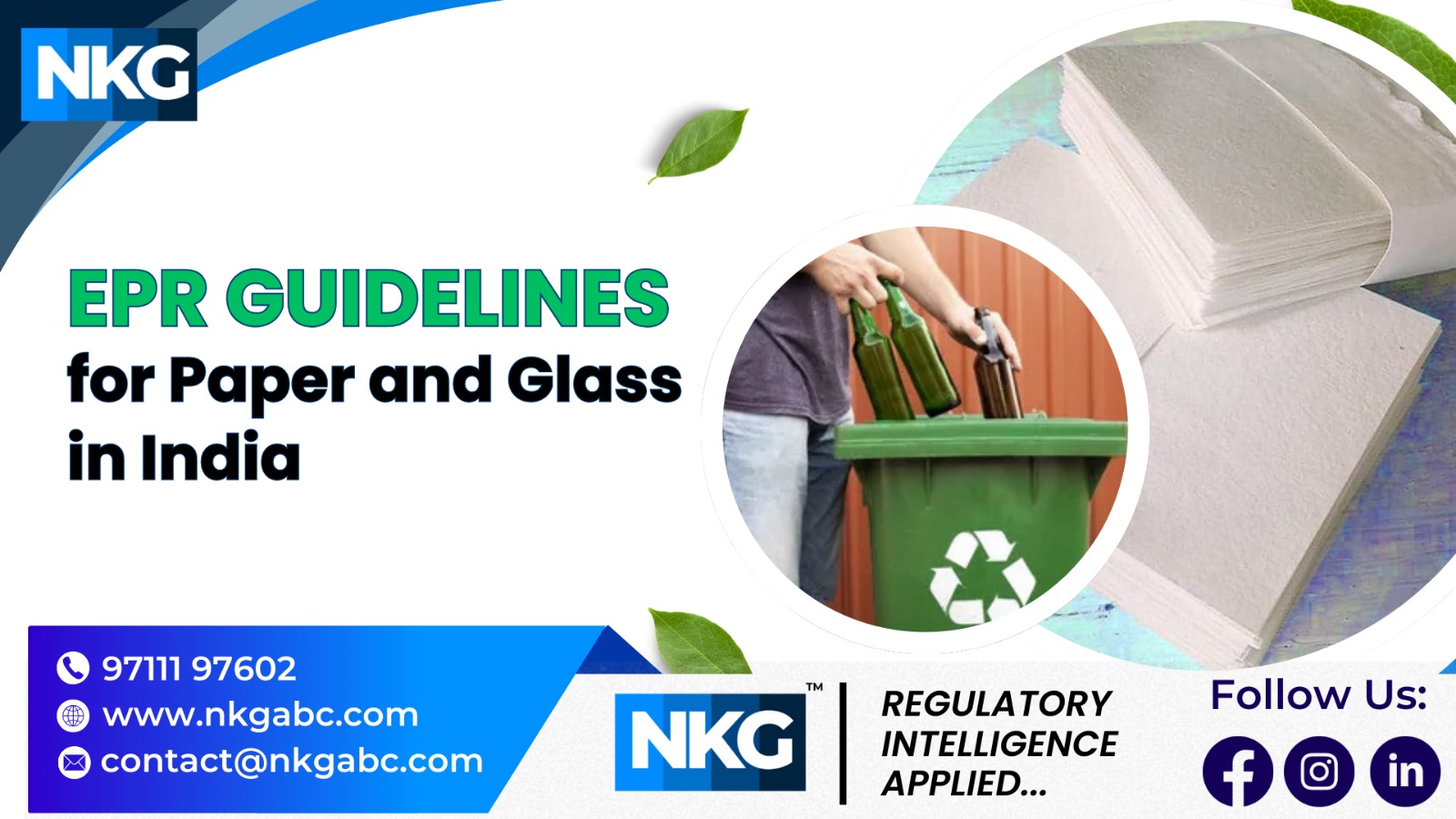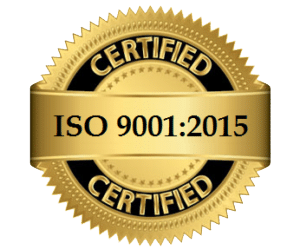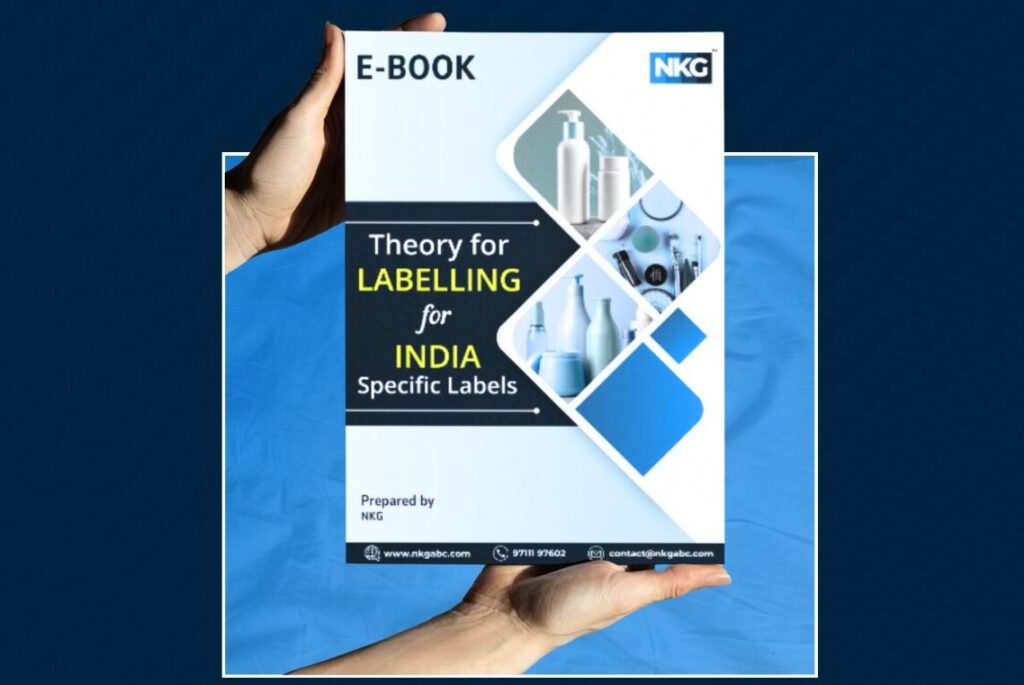Introduction
In India, waste management has become an urgent environmental concern, especially in urban areas where packaging and sanitary waste contribute significantly to pollution. Among the various types of waste, packaging waste from materials like paper, glass, and metal plays a crucial role in the overall waste management challenge. To tackle this, the Indian government introduced the Extended Producer Responsibility (EPR) guidelines under the Solid Waste Management (SWM) Rules, 2016. These guidelines place the responsibility of managing waste, particularly paper, glass, and metal packaging waste, on Producers, Importers, and Brand Owners (PIBOs). This blog will explain how the EPR guidelines work and why they are important for a cleaner and greener future.
Why is EPR Crucial?
Extended Producer Responsibility (EPR) is an environmental policy where producers are held accountable for the entire lifecycle of their products, particularly after they are used. In the context of packaging and sanitary waste, producers, importers, and brand owners must manage the disposal, collection, and recycling of their product waste, including packaging materials made of paper, glass, and metal. The EPR guidelines aim to reduce non-biodegradable waste, like plastic, and promote recycling, ensuring these materials are reused instead of ending up in landfills.
By following these guidelines, India is moving toward a more sustainable and circular economy where packaging and sanitary waste are minimized, and valuable resources are recycled.
Key Features of the EPR Guidelines
1. The Role of PIBOs
Producers, Importers, and Brand Owners (PIBOs) have a crucial role in the EPR system. Their responsibilities include:
- Registration with the Central Pollution Control Board (CPCB): PIBOs must register with the CPCB to ensure they comply with the EPR guidelines.
- Waste Management Systems: They need to develop systems for the collection, recycling, and disposal of waste, including paper, glass, and metal packaging waste, to meet the targets set by the government.
- Proper Waste Segregation: Establishing waste segregation at the source, collection points, and Material Recovery Facilities (MRFs) for processing recyclables.
- Recycling Targets: PIBOs must meet specific targets for recycling and disposal. These targets increase progressively to improve the efficiency of waste management.
2. The Registration Process for PIBOs
To ensure transparency and smooth monitoring, PIBOs must register on the CPCB portal. This process involves:
- Online Registration: PIBOs must complete registration online each year by the designated deadline.
- Required Documentation: PIBOs must submit details about the packaging materials produced, including paper, glass, and metal packaging, their waste collection systems, and recycling plans.
- Annual Renewal: Registration must be renewed each year to remain compliant with the EPR guidelines. Failure to renew can result in penalties or suspension of operations.
3. Collection and Recycling Systems
One of the most important aspects of the EPR guidelines is setting up effective collection and recycling systems. PIBOs must ensure that the packaging waste they generate, particularly paper, glass, and metal is:
- Collected Properly: Collection points should be accessible to consumers for dropping off used packaging materials.
- Processed at Material Recovery Facilities (MRFs): These facilities help separate recyclable from non-recyclable waste, making recycling more efficient and reducing environmental harm, especially when handling materials like paper, glass, and metal.
Additionally, the EPR guidelines encourage waste-to-energy solutions to manage non-recyclable materials sustainably.
4. Annual Reporting Requirements
EPR guidelines also require PIBOs to submit an annual report to the CPCB and State Pollution Control Boards (SPCBs) by June 30th each year. These reports should include:
- Waste Management Details: A summary of the waste produced, recycled, and disposed of, including packaging waste from paper, glass, and metal.
- EPR Certificate: A certificate showing compliance with the targets for collection, recycling, and disposal of packaging waste.
The reports help regulatory authorities track progress and ensure transparency in waste management. PIBOs who fail to submit reports on time or meet recycling targets may face penalties, including financial fines or restrictions on business operations.
5. The Role of State Pollution Control Boards (SPCBs)
State Pollution Control Boards (SPCBs) play a vital role in implementing the EPR guidelines at the local level. Their responsibilities include:
- Monitoring Compliance: Ensuring that PIBOs follow the EPR guidelines in each state for managing packaging waste.
- Conducting Inspections: Auditing collection and recycling facilities to verify compliance.
- Local Collaborations: Working with local authorities to implement effective waste management systems.
SPCBs ensure that local regulations align with national guidelines, making EPR successful across the country.
6. EPR Fees and Their Purpose
PIBOS are required to pay an EPR fee, which helps finance waste management programs. Key points about the EPR fee include:
- Fee Amount: The fee depends on the quantity and type of packaging waste produced while packaging.
- Annual Payment: The fee is paid annually and is part of the EPR compliance process.
- Usage: The fee is used to fund collection, recycling, and disposal efforts for paper, glass, and metal packaging waste, ensuring PIBOs contribute to the overall cost of waste management.
7. Managing Sanitary Waste Under EPR
The EPR guidelines also cover the management of sanitary waste, such as sanitary napkins, diapers, and other hygiene products. PIBOs involved in the production or import of these products must ensure proper disposal systems are in place. This includes:
- Environmentally Friendly Disposal: Ensuring that sanitary products are disposed of in a manner that minimizes environmental harm, particularly non-biodegradable sanitary products that often get mixed with paper packaging waste.
- Partnerships with Specialized Waste Management Companies: Working with companies that specialize in handling non-recyclable and hazardous waste, including sanitary waste mixed with paper, glass, and metal waste.
The inclusion of sanitary waste in the EPR guidelines aims to reduce the environmental impact of these products, which are often non-biodegradable.
8. Enforcement and Penalties
To ensure adherence to the EPR guidelines, both CPCB and SPCBs have the authority to enforce compliance. Penalties for non-compliance can include:
- Fines: For failure to submit reports on time or meet recycling targets.
- Suspension of Operations: If a PIBO’s registration is not renewed or waste management systems for paper, glass, and metal packaging are not implemented properly.
- Legal Action: For repeated or severe violations of the guidelines.
These penalties help keep PIBOs accountable for their waste management efforts.
9. Looking Ahead: The Future of EPR in India
As India continues to address waste management challenges, the government plans to expand and strengthen the EPR framework. Future initiatives may include:
- Covering More Types of Waste: The guidelines should include more industries and waste categories, such as additional paper, glass, and metal packaging.
- Increasing Recycling Targets: Setting higher targets for recycling to encourage sustainable practices.
- Promoting Waste-to-Energy Solutions: Reducing dependence on landfills and promoting more efficient waste processing technologies.
For more detailed information, download the full source.
Conclusion
The EPR guidelines for packaging and sanitary waste management are a significant step toward reducing waste and ensuring a cleaner environment in India. By making producers responsible for the waste generated by their products, these guidelines aim to promote recycling, reduce landfill waste, and move toward a circular economy, particularly focusing on paper, glass, and metal packaging materials.
As India progresses, it will be essential for producers and consumers to work together to ensure that waste and packaging waste are properly managed, recycled, and disposed of, paving the way for a more sustainable future.
Looking for more insights on compliance, certifications, and industry updates? Explore our blog page for expert guidance and actionable information. Visit Now







